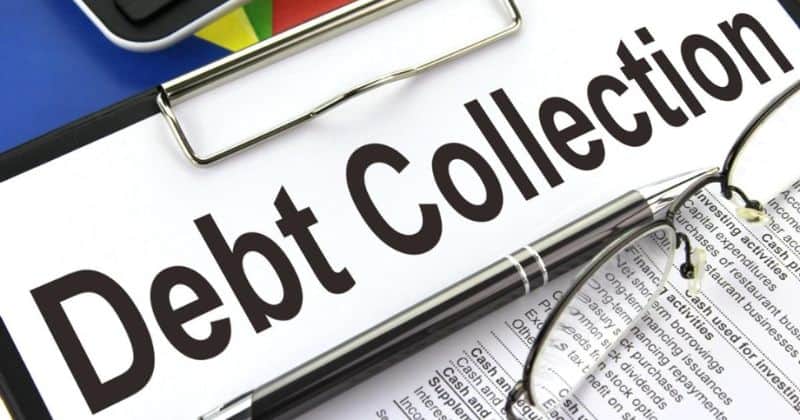What Is Debt Collection Process In India?

Debt collection is an essential aspect of finance, where businesses or financial institutions seek to recover outstanding debts from individuals or entities. In India, the process is governed by a series of laws, regulations, and procedures designed to ensure fair practices for both creditors and debtors. The debt collection process involves several steps, from identifying overdue payments to legal action if necessary. The debt collection process begins as soon as a debtor misses a payment or defaults on a loan. However, before escalating the matter further, creditors typically start with informal methods of communication to remind the debtor of the outstanding payment. At the first stage, the creditor or lender usually contacts the debtor via phone or email. These reminders serve as a gentle nudge to inform the debtor about the overdue payment. If the initial reminders do not yield any results, creditors may send formal letters or notices outlining the details of the debt, the amount owed, and the due date. When creditors hire a DCA, the agency takes over the responsibility of collecting the outstanding debt. The RBI has outlined several guidelines to regulate the functioning of DCAs to prevent unfair practices. Creditors may offer structured payment plans that allow the debtor to pay the outstanding amount in installments. Sometimes, creditors may offer a lump-sum settlement at a reduced amount. A creditor may file a money recovery suit in a civil court to recover the debt. If the debt involves a bounced cheque, the creditor can file a case under Section 138 of the Negotiable Instruments Act, 1881. If the debt is secured by collateral, creditors may initiate proceedings to seize and sell the asset. Under the IBC, individuals can file for bankruptcy if they are unable to pay their debts. For businesses, the IBC allows creditors to initiate corporate insolvency resolution processes (CIRP). The RBI guidelines ensure that debt collection agencies adhere to fair practices. Debtors have the right to seek legal counsel if they are facing collection actions. The debt collection process in India is a multi-step procedure aimed at recovering outstanding debts while adhering to legal and ethical standards. It begins with informal communication and progresses to more formal actions, including engaging debt collection agencies, negotiating settlements, and pursuing legal remedies. The ultimate goal is to recover the outstanding debt while ensuring fair treatment for both creditors and debtors. RupeeRelief is always here to help you. Contact us today.1. Early Stage: Friendly Reminders and Communication
a. Phone Calls and Emails
b. Letters and Notices
2. Debt Collection Agencies (DCA)
a. Hiring Debt Collection Agencies
b. Ethical Guidelines
3. Negotiation and Settlement
a. Payment Plans
b. Debt Settlement Offers
4. Legal Action and Recovery
a. Civil Litigation (Money Recovery Suits)
b. Cheque Bouncing Cases
c. Recovery through Secured Assets
5. Insolvency and Bankruptcy
a. Individual Insolvency
b. Corporate Insolvency
6. Legal Protections for Debtors
a. Fair Debt Collection Practices
b. Right to Legal Counsel
Conclusion

